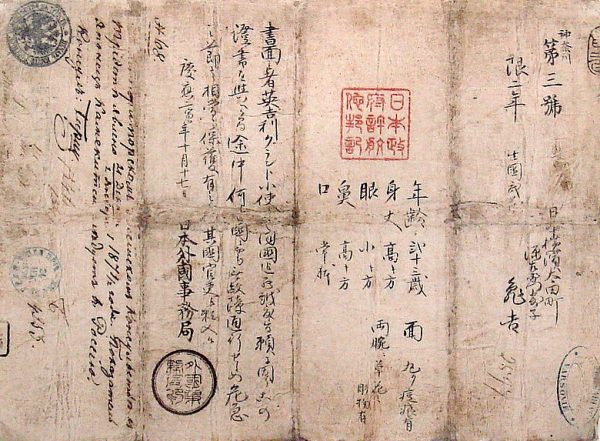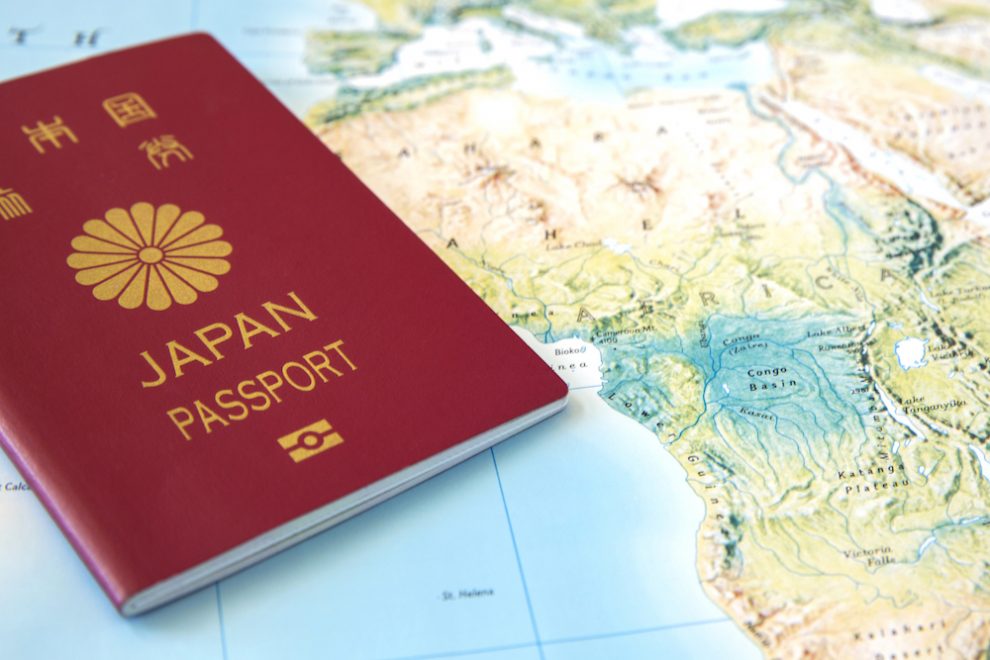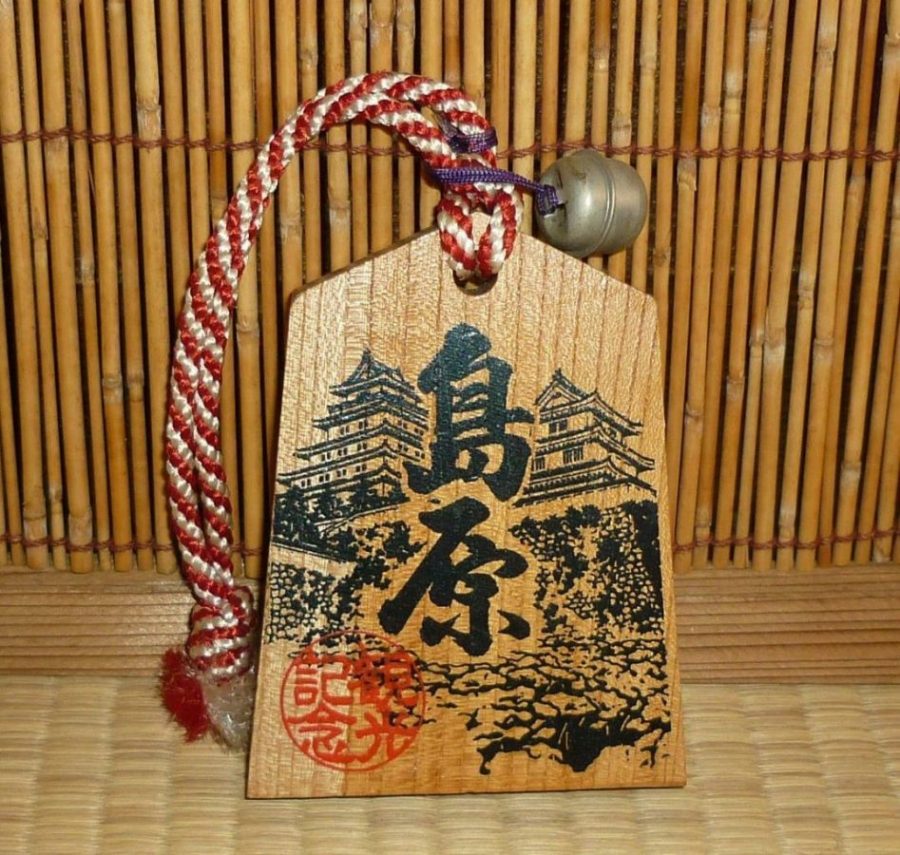by World Passport Museum
Today Japanese passport is one of the powerful passports in the World. Do you know the history of passports in Japan?
1603 – 1868
The Wooden passports (known as Tsuko-tegata) used during Edo Period (1603 and 1868) is a japanese tradition for authorization permission for travelers in Japan, passing from region to region. The Edo is the period between 1603 and 1868 in the history of Japan, when Japan was under the rule of the Tokugawa shogunate and the country’s 300 regional daimyō. During that time strict controls were enforced on movement.
It was issued to Samurai and ordinary people. It was also issued to women.

The passport for Samurai in the form of tsuko-tegata to be issued at Hancho (government building of domain).For the common people, town or village officers, or their family temples to issue their tsuko-tegata
The most common reasons for the issue of Tsuko-tegata are for travels, such as house moving, official or commercial trip, visiting temples and shrines, a hot-spring cure, and in cases of women, marriage and live-in domestic service.
In the Edo period, sekisho (checking stations) and kuchidome-bansho (checkpoints) were set up at various places to strictly control the movement of people.
The wording of the Wooden passport, quite similar to that of the current passport. It had Identity of the person who carried the tsuko-tegata, purpose of travel (such as visiting temples and shrines in various provinces), request for passing sekisho, request for convenience and protection to related officers, identity and address of the issuer and the like were written on it.
The wording of tsuko-tegata is quite similar to that of the current passport. Identity of the person who carried the tsuko-tegata, purpose of travel (such as visiting temples and shrines in various provinces), request for passing sekisho (checkpoints), request for convenience and protection to related officers, identity and address of the issuer and the like were written on it.
Today you can find the wooden japanese passport as an important souvenir item in temples, shrines, holiday resorts etc as an evidence of the passport. You cannot miss out on this important piece of history when visiting Japan.
1866
The first travel documents for overseas travel by Japanese citizens were introduced in 1866, near the end of the Tokugawa shogunate. These documents took the form of a stamped “letter of request” allowing Japanese citizens to travel overseas for business and educational purposes.
The term “passport” was formally introduced into the Japanese language in 1878

1900
In 1900 the first regulations governing the usage of Japanese passports were introduced.
1926
The modern form of the Japanese passport first came about in 1926, and the first ICAO-compliant, machine-readable Japanese passports were introduced in 1992

Image Credit for Tsuko-tegata : Ebay





